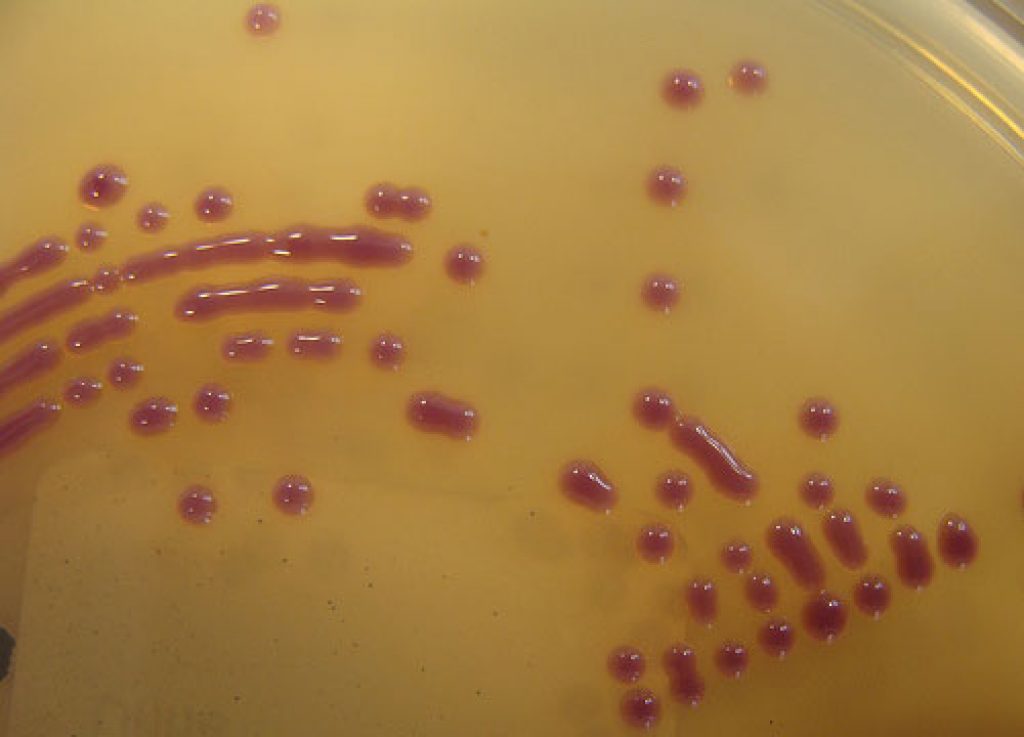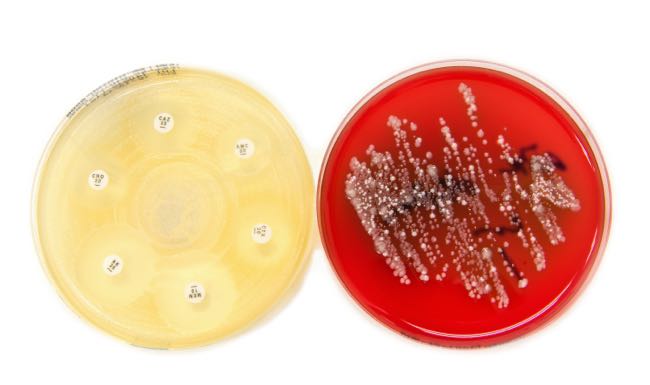
AsianScientist (Mar. 5, 2014) – Researchers have developed a new method for rapidly measuring the level of antibiotic molecules in the blood and how they work against bacteria, paving the way for personalized treatments for bacterial diseases.
The researchers used nano-sized levers as sensors to measure the concentration of active antibiotics in blood.
“Some of our most effective antibiotics are like termites eating away at the walls of a wooden house – they attack bacterial cell walls so they eventually collapse,” said Professor Cooper, from UQ’s Institute for Molecular Bioscience. “But competing molecules in the blood can bind to antibiotics and prevent them from working, meaning there are less molecules free to exert force on bacterial cell walls.
According to Cooper, the sensor they developed is one billionth of a meter in size, and can detect the bending that occurs in a cell wall in the presence of antibiotics. Using this measurement, the team can derive how many antibiotic molecules are free in the blood and adjust the dosage accordingly.
“Understanding the way antibiotics use physical force against bacteria could also provide researchers with a new angle on the design of better drugs to fight superbugs, which often have thicker, stronger cell walls,” he said.
The researchers tested the method on two antibiotics: vancomycin, used to treat multi-drug resistant infections such as Methicillin-resistant Staphylococcus aureus, and oritavacin, a new antibiotic still in clinical trials designed to combat bacteria that are resistant to vancomycin.
Details of the method were published in the journal Nature Nanotechnology.
The article can be found at: Ndieyira et al. (2014) Surface-stress Sensors For Rapid And Ultrasensitive Detection Of Active Free Drugs In Human Serum.
——
Source: University of Queensland; Photo: Nathan Reading/Flickr/CC.
Disclaimer: This article does not necessarily reflect the views of AsianScientist or its staff.












